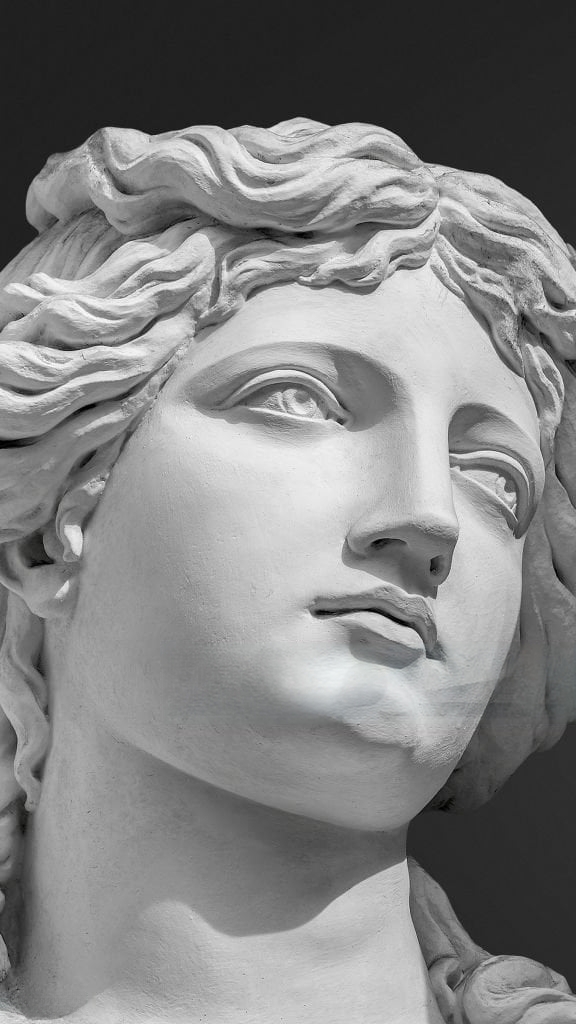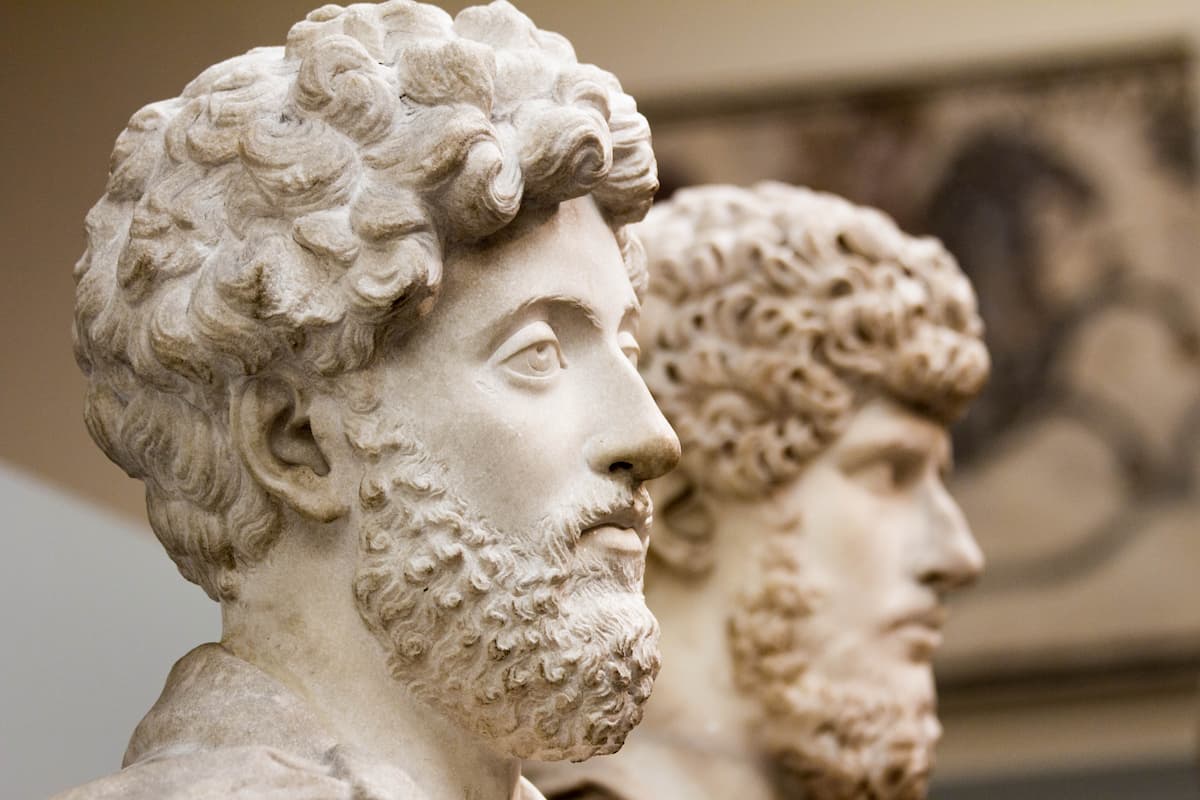
Chin augmentation is an increasingly popular cosmetic procedure that improves facial balance and defines the jawline. However, selecting the right surgeon for this delicate procedure is crucial to attaining optimal results. With many options available, how do you find the most suitable fit for your needs? Dr Sophie Ricketts, a skilled professional in facial aesthetics, shares valuable insights on this topic.
Check Qualifications and Experience
When it comes to chin augmentation, it is essential to choose a surgeon with the right credentials. Look for a specialist plastic surgeon who has a special interest and skills in facial procedures. FRACS (Fellow of the Royal Australasian College of Surgeons) indicates that the surgeon has undergone rigorous training and adheres to high standards of safety and ethics. Dr Sophie Ricketts, with years of experience in chin and jawline enhancement, is recognised for her attention to detail and artistic approach to attaining facial harmony.
Review Before and After Photos
A picture is worth a thousand words, especially in cosmetic surgery. Reviewing before and after photos of previous patients can provide insight into a surgeon’s skills and aesthetic style. Pay attention to the consistency of results and whether they align with your desired outcome. Dr Ricketts showcases a wide range of successful chin augmentations in her portfolio, highlighting her ability to customise procedures to each patient’s unique features while attaining results that blend seamlessly with their appearance.
Consider the Surgeon’s Approach
Every surgeon has a unique approach to cosmetic procedures. It’s important to find one who listens to your objectives and concerns. During your consultation, assess how well the surgeon communicates and whether they take the time to explain the procedure, including the techniques they use and the expected recovery process. Dr Ricketts emphasises a patient-centred approach, ensuring that each client feels heard and involved in the decision-making process.
Evaluate the Facility
The environment in which the surgery takes place can significantly impact your experience. Ensure the surgical facility is accredited and adheres to strict safety protocols. This accreditation ensures that the facility meets high standards for patient care. Dr Ricketts operates in only fully accredited hospitals that are fully equipped to handle cosmetic surgeries safely.
Understand the Risks and Recovery
Like any surgical procedure, chin augmentation comes with potential risks and a recovery period. Make sure your surgeon thoroughly discusses these aspects with you. Understanding what to expect can help you feel more prepared and reduce anxiety. Dr Ricketts is transparent about the risks involved and provides comprehensive preoperative and postoperative care instructions, helping to ensure a smooth recovery process.
Trust Your Instincts
Ultimately, your comfort and trust in the surgeon play a significant role in your decision. After consultations, consider how you felt about the surgeon and their team. A good rapport and trust in their abilities are vital for a successful outcome. Dr Ricketts’ warm and approachable demeanour helps patients feel at ease, making the journey toward chin augmentation a positive experience.
Choosing the right surgeon for chin augmentation is a decision that should not be taken lightly. By considering these key factors and consulting with professionals like Dr Sophie Ricketts, you can ensure a successful outcome. Remember, the right surgeon will not only enhance your appearance but will also prioritise your safety and well-being throughout the process. For more information or to schedule a consultation with Dr Sophie Ricketts, please contact her office today.











